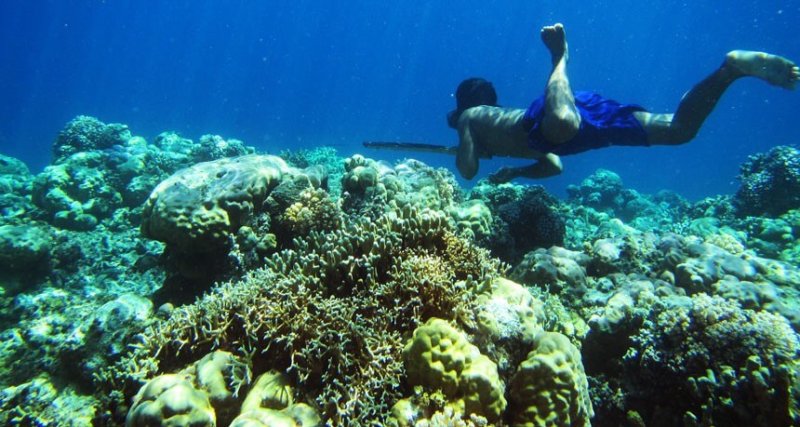When a human is submerged in water, within seconds the body begins to reflexively adjust. The heart rate slows; blood vessels in the extremities tighten, diverting blood flow to vital organs. And, crucially, the spleen constricts, expelling a precious reserve of oxygenated red blood cells into the bloodstream. All of this extends the time we can go without gasping. Now a new study suggests some seafaring people may have evolved over thousands of years to push the limits of typical dive responses even further.
…
The new study dealt with people who are often locally called “Sea Nomads” and live among the islands and coastlines of Southeast Asia.
…
[D]ivers have been recorded holding their breath for over five minutes while hunting for fish or shellfish. In comparison, average people might be able to stay underwater for one to two minutes, and world-class free divers can hold their breath in competitive settings for up to three or close to four and a half minutes.…
[R]esearchers scoured the Bajau genome for signs of natural selection and found 25 gene variants that seemed unique to this population. When [Melissa] Ilardo and colleagues cross-referenced what the involved genes do, they discovered a few of them seem to be related to breath-holding and oxygen deprivation.…
The new study offers a stunning example of human genetic diversity and adaptation.
Read full, original post: “Sea Nomads” May Have Evolved to Be the World’s Elite Divers































